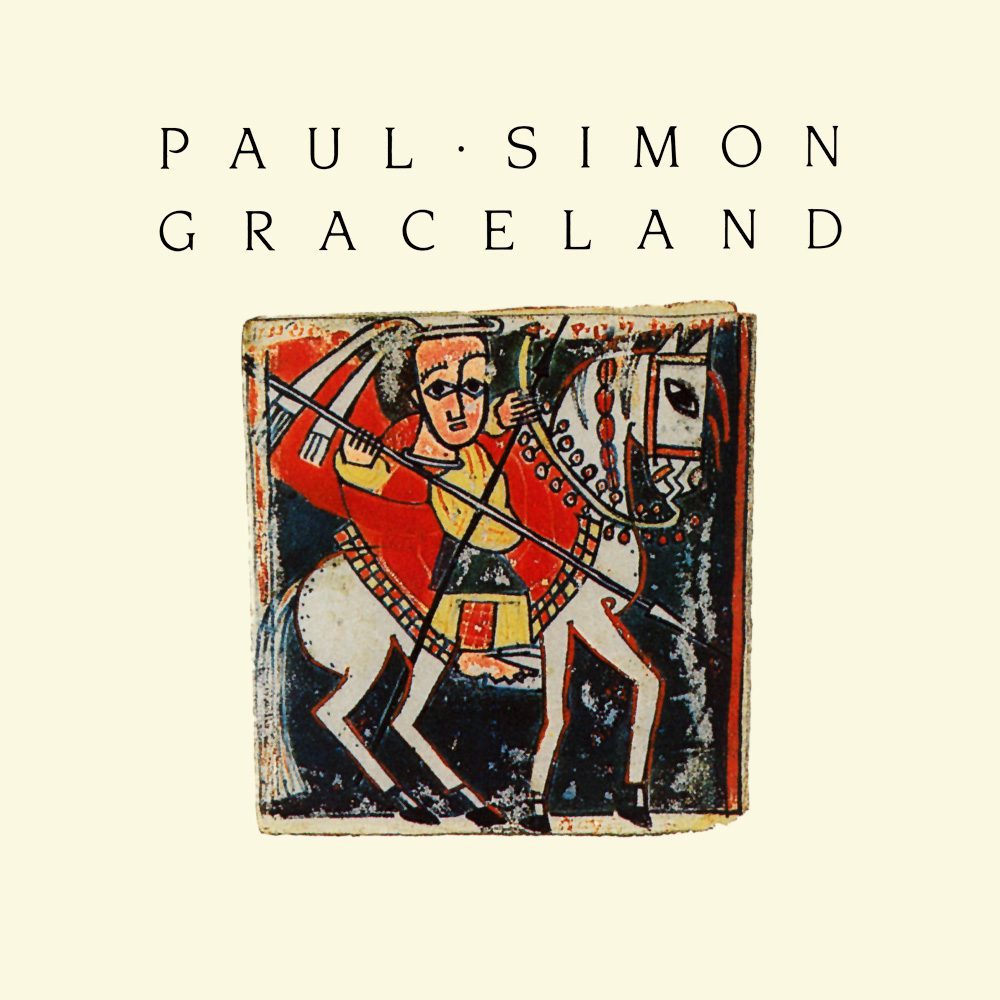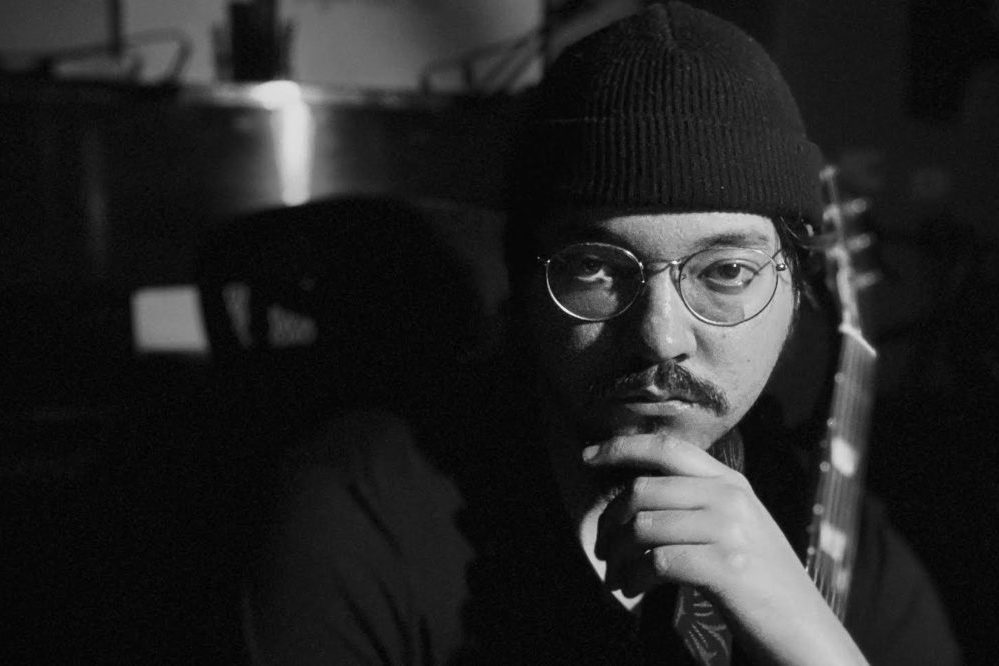
In 1986, Paul Simon released his critically acclaimed, music-history-making album Graceland. The record would make waves across the globe, topping charts in the US as well as the UK and snagging the Grammy’s Album of the Year award in ’87. We know its songs well to this day: “Diamonds on the Soles of Her Shoes,” “You Can Call Me Al,” and, of course, “Graceland” are staples in Paul Simon’s discography. But, as many already know, the most notable aspect of Graceland’s genesis, reception, and lasting influence on musicians around the world is its firm footing in South African music.
The story of this album begins with a cassette tape of the Boyoyo Boys, a South African group that captivated Paul Simon and incited much of the inspiration that would give birth to Graceland. He was so enthralled by the sounds that he ventured to South Africa at a time when the country was still deeply in the thralls of apartheid, disregarding a United Nations cultural boycott that was fiercely supported by several popular artists at the time. It was a bold move that eventually led to a lot of criticism, but Simon was fueled solely by his artistic desire to work with the South African music he was so stirred by.
During Paul Simon’s first visit to South Africa, Nelson Mandela was still in prison. But three years after Graceland‘s release, Simon was invited by Mandela himself as the first American to play a concert in post-apartheid South Africa. Because, as Simon stated in an interview with National Geographic last year, “what was unusual about Graceland is that it was on the surface apolitical, but what it represented was the essence of the anti-apartheid in that it was a collaboration between blacks and whites to make music that people everywhere enjoyed.”
Graceland’s enormous success spotlighted the many South African musicians featured on the album and introduced to the world artists and groups like Ladysmith Black Mambazo, Ray Phiri, and The Gaza Sisters (to name just a few). Songs like “Homeless” and “I Know What I Know,” recorded in collaboration with these artists, featured traditionally South African musical styles like mbaqanga and isicathamiya, made accessible to the West by Paul Simon’s treatment. The music depicted an exuberant and colorful culture, despite coming out of a horrible and disgusting political context.
In response to the loss of Nelson Mandela, Paul Simon had this to say:
Mandela was one of the great leaders and teachers of the twentieth century. He conceived a model for mortal enemies to overcome their hatred and find a way through compassion to rebuild a nation based on truth, justice and the power of forgiveness. His passing should reignite a worldwide effort for peace.
Today, flash back to the sounds of Graceland and South Africa and celebrate the life of Nelson Mandela.





